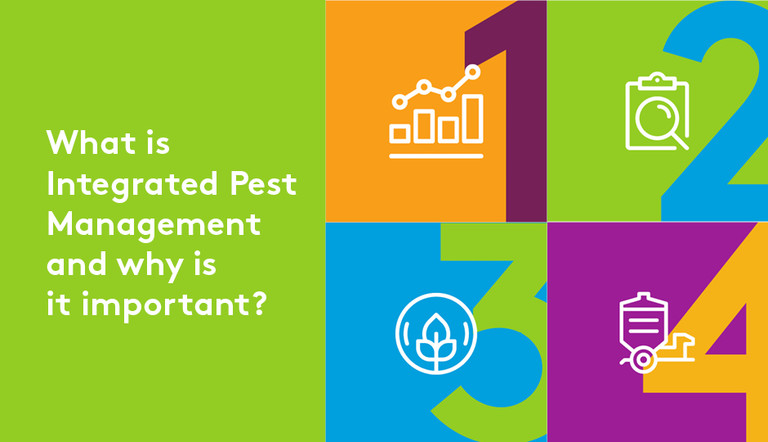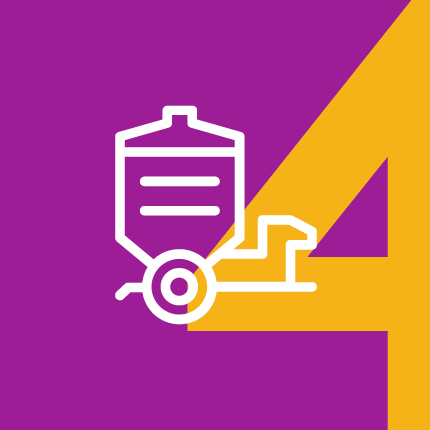
What is Integrated Pest Management and why is it important?

Integrated Pest Management (IPM) takes the latest advances for pest control in agriculture, and combines these with environmentally friendly practices.
As the European Crop Protection Association explains, IPM is important because as the global population rises, we will need our farmers to produce more food while protecting the environment in which they farm: “IPM provides farmers with tools and strategies to minimise losses caused by insects, weeds and diseases to sustainably maximise production”.
In Integrated Pest Management (IPM) Principles, the United States Environmental Protection Agency (EPA) emphasises that IPM should not be a reaction but an ongoing agricultural management system.
To apply IPM, you first have to decide on a few things:
 1. The first sign of a pest does not mean you have to dust off your crop sprayer. Decide in advance when you’ll take action: in other words, “the level at which pests will become an economic threat”.
1. The first sign of a pest does not mean you have to dust off your crop sprayer. Decide in advance when you’ll take action: in other words, “the level at which pests will become an economic threat”.
 2. Many organisms, whether insects or weeds, are beneficial. Correctly identifying a threat will help you work out how you can control it without harming the environment and your crop. Before you have a problem, find the best source of advice on pest identification in your area or online.
2. Many organisms, whether insects or weeds, are beneficial. Correctly identifying a threat will help you work out how you can control it without harming the environment and your crop. Before you have a problem, find the best source of advice on pest identification in your area or online.
 3. Now look at environmentally friendly ways you can prevent pests from becoming a threat in the first place. These could include crop rotation, choosing resistant strains and pest-free rootstock.
3. Now look at environmentally friendly ways you can prevent pests from becoming a threat in the first place. These could include crop rotation, choosing resistant strains and pest-free rootstock.
 4. If you’ve tried all of the above, chemical control is inevitable. Work out which are the most effective methods and the best herbicide, insecticide, fungicide or insect growth regulators for your current threat. Start with the least risky options – the EPA suggests “pheromones to disrupt pest mating, or mechanical control, such as trapping or weeding”. If these are not effective, then measures like targeted spraying of pesticides is your next step. (Broadcast spraying of non-specific pesticides is a last resort.)
4. If you’ve tried all of the above, chemical control is inevitable. Work out which are the most effective methods and the best herbicide, insecticide, fungicide or insect growth regulators for your current threat. Start with the least risky options – the EPA suggests “pheromones to disrupt pest mating, or mechanical control, such as trapping or weeding”. If these are not effective, then measures like targeted spraying of pesticides is your next step. (Broadcast spraying of non-specific pesticides is a last resort.)
Studies have shown that IPM produces healthy crops and the cheapest way to manage pest damage. It also reduces the likelihood of resistance and is less harmful to people and the environment.
Irresponsible pest control can lead to poisons draining into the soil and our drinking water. This can affect the health of whole communities. If they’re not applied with care, pesticides can kill birds, fish and bees along with the weeds and pests you’re trying to get rid of.
At ADAMA, we are committed to developing excellent, effective and sustainable solutions that are safe for those who use them and the environment. We take a comprehensive approach to monitoring our environmental impact and mitigating risks, in every stage of our product life cycle, from raw materials, to production, transportation, application, and all the way to end-of-life management.
Beyond the stringent regulatory requirements we meet, we ensure that farmers know how to use our products properly, providing training and information through face-to-face interactions and on-line platforms.
Read more about our products and our sustainability commitment